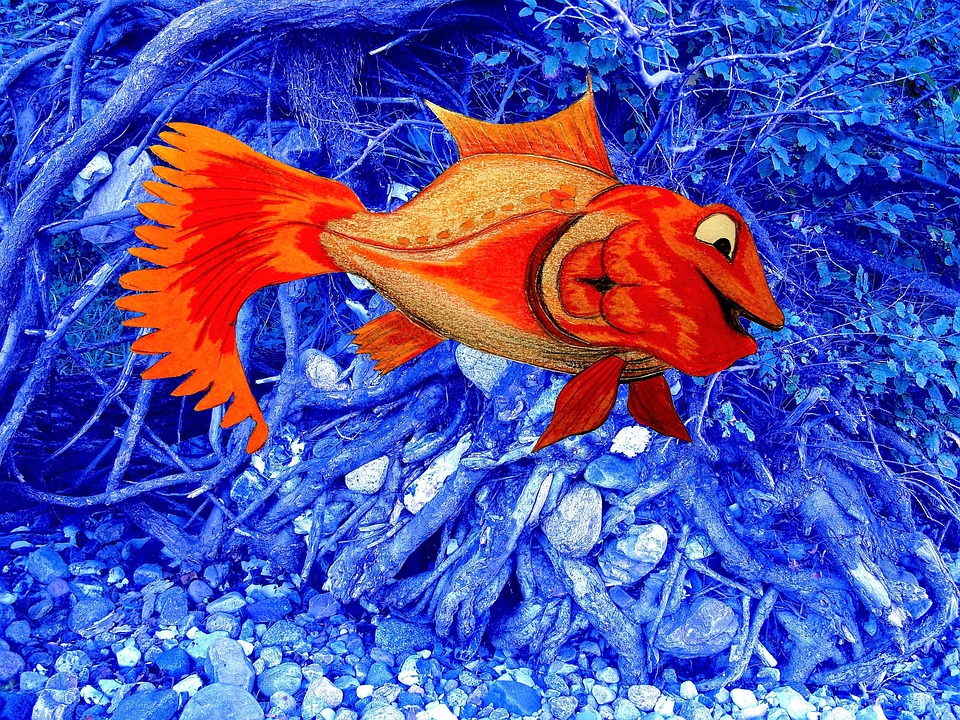Schooling fish are a fascinating sight to behold in aquariums, captivating both experienced hobbyists and curious onlookers. The intricate dynamics of their behavior can provide insights into their natural instincts and survival strategies. In this article, we will delve into the mesmerizing phenomenon of fish schooling, the science behind their behavior, factors influencing schooling in aquariums, communication and coordination within schools, tips for observing schooling fish, and frequently asked questions about their behavior.
The beauty of schooling fish lies in their ability to move in harmony, creating mesmerizing patterns and formations. This behavior serves several advantages for the fish. Firstly, schooling provides protection against predators. By moving in a large group, fish confuse and overwhelm potential threats, making it difficult for predators to single out an individual target. Additionally, the sheer number of fish in a school makes it less likely for any one individual to be attacked.
Evolutionary reasons play a significant role in the development of fish schooling behavior. Fish that form schools have a higher chance of survival and reproductive success compared to solitary individuals. This behavior allows them to efficiently forage for food, as they can benefit from the collective knowledge of the group. It also increases their chances of finding suitable mates and successfully reproducing.
Sensory perception plays a crucial role in schooling behavior. Fish rely on visual cues, body movements, and changes in coloration to communicate within the school. They also utilize their lateral lines, a sensory organ that detects changes in water pressure, to sense the movements of nearby individuals. These sensory abilities enable fish to maintain close proximity to their companions, ensuring the cohesion of the school.
Several factors influence schooling behavior in aquariums. Tank size is a significant factor, as fish require ample swimming space to exhibit their natural schooling behavior. In smaller tanks, fish may not be able to form schools properly, leading to stress and behavioral issues. The species of fish present in the aquarium also affects schooling behavior, as some species are more inclined to form schools than others. Finally, environmental factors such as water temperature, lighting, and the presence of hiding spots can influence the behavior of schooling fish.
Communication and coordination within schooling fish are essential for the cohesion and synchronicity of their movements. Fish communicate through visual signals, body postures, and changes in swimming patterns. Coordinated movement patterns and synchronized behavior are crucial for the survival and efficiency of the school. The ability to swiftly change direction as a group helps them avoid obstacles and navigate their environment effectively.
Observing schooling fish in aquariums requires creating a suitable environment that mimics their natural habitat. Providing ample swimming space, hiding spots, and appropriate water parameters are essential. Maintaining optimal water quality is crucial for the well-being of schooling fish, as poor water conditions can lead to stress and health issues. Enhancing the visibility of schooling behavior can be achieved by using contrasting backgrounds, proper lighting, and adding objects that create water flow and movement.
To further understand the behavior of schooling fish in aquariums, let’s address some frequently asked questions. Fish form schools as a survival strategy to protect themselves from predators, improve foraging efficiency, and increase reproductive success. They communicate through visual cues, body movements, and changes in coloration, as well as utilize their lateral lines to sense nearby individuals. While some fish species may school together, it is more common for fish to school within their own species due to similar behaviors, body shapes, and swimming speeds. Signs of stress in schooling fish include erratic swimming patterns, reduced appetite, color changes, and increased aggression. It is crucial to address these signs promptly to maintain their well-being. Keeping schooling fish in groups is generally recommended to allow for natural behavior and reduce stress.
In conclusion, understanding the fascinating behavior of schooling fish in aquariums provides a glimpse into the wonders of nature. By appreciating their instinctive behaviors and providing them with an optimal environment, we can ensure the well-being and enjoyment of these captivating creatures in our aquariums.









